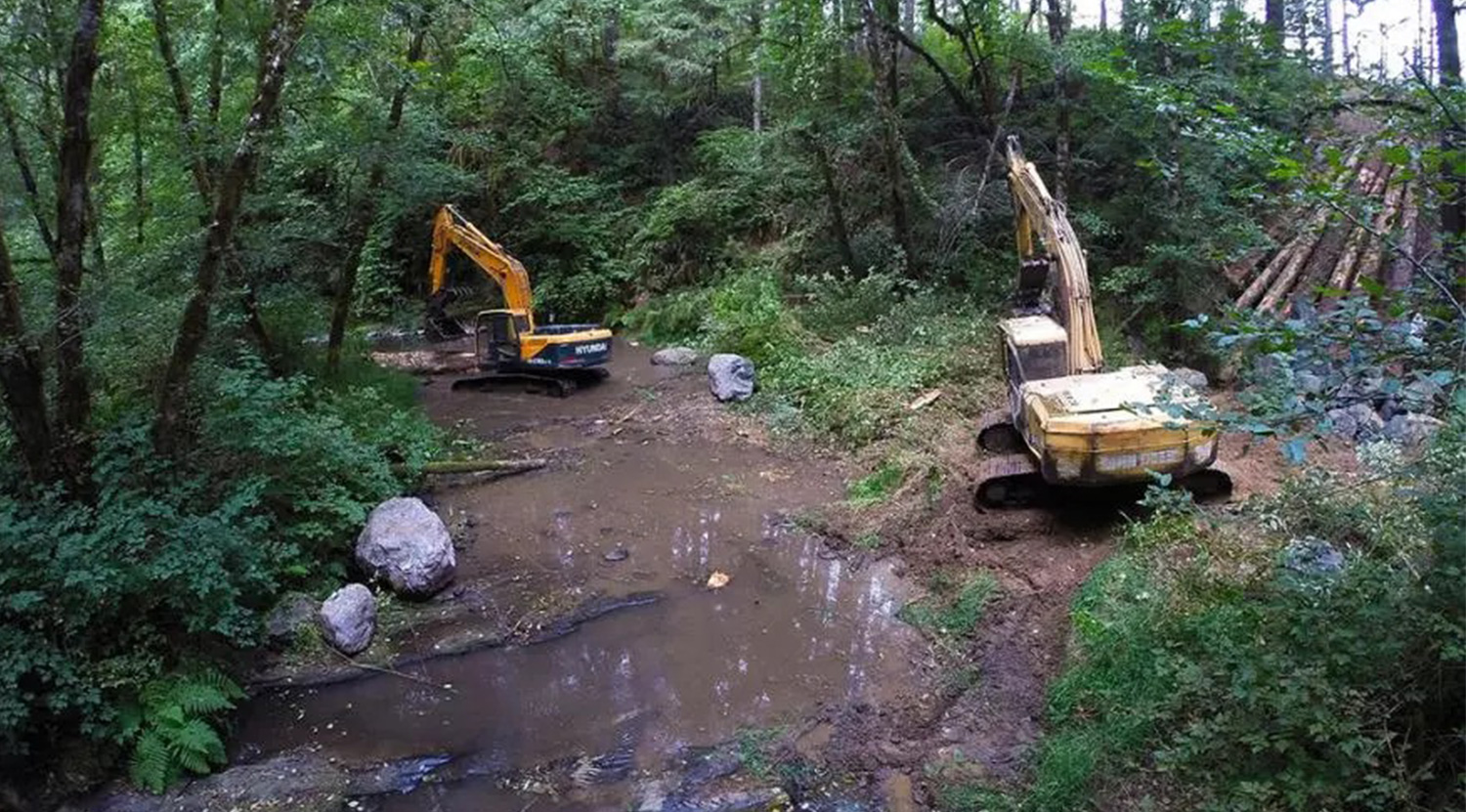Restoring Degraded Natural Landscape Could be Highly Effective in Mitigating Climate Change
- Students are rallying en masse to ‘save Thano’ in a bid to recreate the Chipko movement to save trees.

While human exploitation of nature continues unabated, the climate change, biodiversity loss and species extinction are all moving in a fast pace towards reaching a point of no return. Meanwhile, new treaties and new approaches are being investigated by scientists to mitigate the manmade devastation of natural resources.
One of such way of mitigation has been thought to be the restoration of natural landscapes damaged by human activities. For example, the United Nations’ declaration of the period 2021-2030 as the “UN Decade on Ecosystem Restoration” or the New York Declaration on Forests and the Bonn Challenge that is aiming to restore 350 million hectares globally by 2030.
The restoration approach and its efficiency have been quantified in a global scale for the first time in a research paper published in the journal Nature. This latest estimation says that if a third of the planet’s most degraded areas are restored along with protective measures in the areas that are still in considerably good condition, then it may fix carbon equating to half of all human-induced greenhouse gas emission since the industrial revolution.The restoration process may also be fruitful in preventing the extinction of various species by 70% of the predicted level.
Scientists from Brazil, Australia and Europe teamed up for the research project and they have found hotspots where restoration work could become most effective. They said that in every continent, there are such hotspots. In the current scenario, a meagre fraction of about 1% of the total finance devoted to global climate crisis is used for nature restoration. However, according to the findings of the research, nature restoration could be one of the cheapest ways to mitigate the climate crisis by means of fixing carbon from the atmosphere along with the benefit of wildlife protection.
However, there lies a danger as well. if, in the name of nature restoration, agriculture comes at a stake then that would again spiral into food crisis on a global scale. Commenting on this aspect, Bernardo Strassburg, the lead author of the study was quoted to have said to Guardian—“If restoration is not properly planned, it could lead to a risk to agriculture and the food sector. But if done properly, it can increase agricultural productivity. We can produce enough food for the world and restore 55% of our current farmland, with sustainable intensification of farming.”
Planting tree without proper planning can also be harmful and is not the appropriate way of preserving biodiversity and also fixing carbon. For example, wetlands, peatlands and savannah are the ecosystems that are houses of numerous unique species. These ecosystems can also contribute to carbon fixing if they are properly maintained. Planting trees in areas where there had been no forest could somehow help in mitigating climate change, but that would heavily cost biodiversity.
This article first appeared on Newsclick on 20th Oct.







